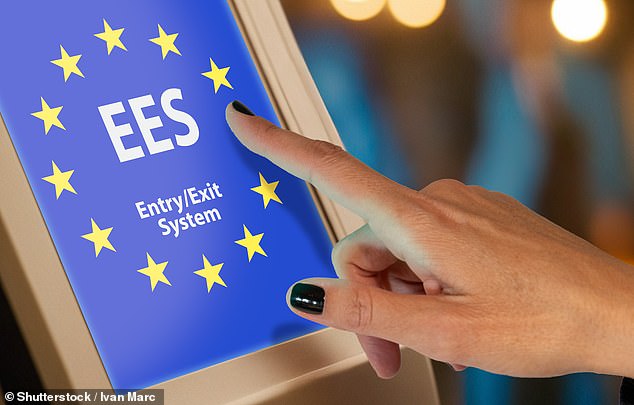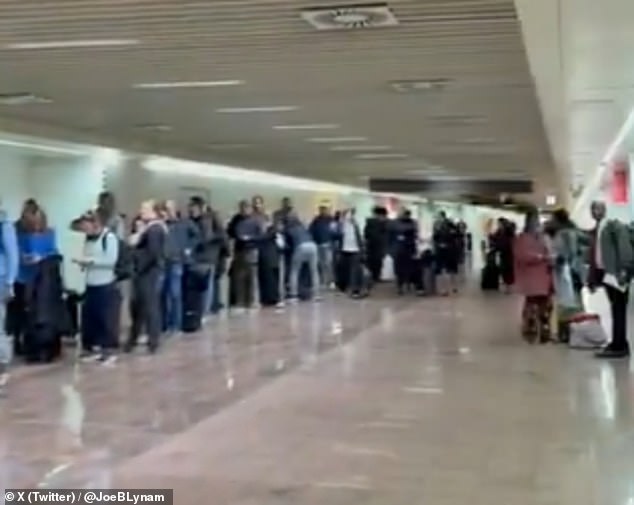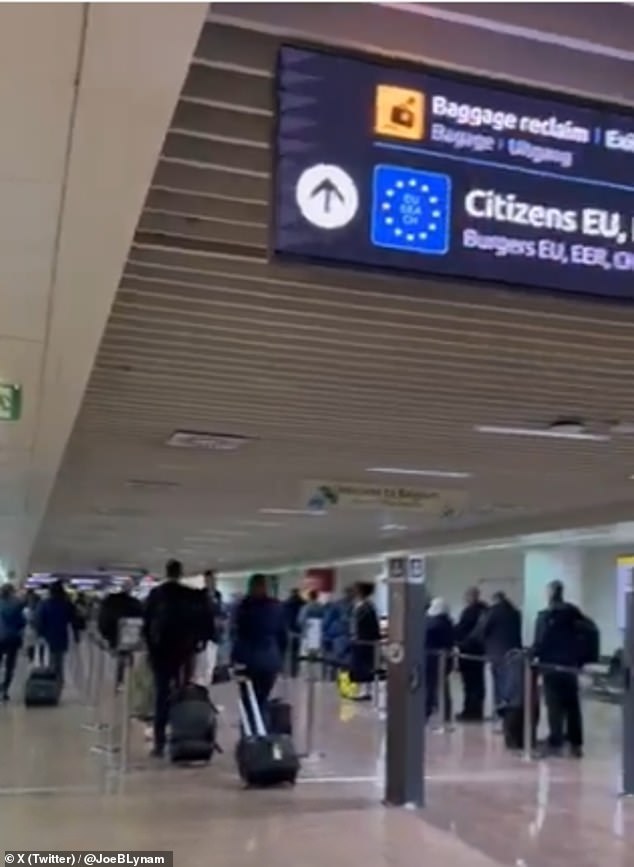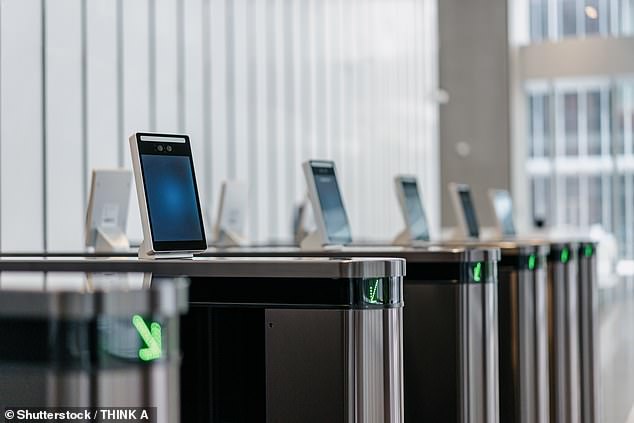The new Entry-Exit System (EES), intended to speed up airport inspections,has created disorder at several large airports.
Even though the implementation is taking place slowly, it seems to be causing significant effects on travel, with reports of some individuals waiting for three hours at Brussels Airport this week.
The EU introduced the EES system at its external borders on Sunday, enabling border control officers todispense with passport stamps.
Under the updated system, non-EU individualstraveling to 29 (primarily European Union) nationsThey must register their fingerprints and consent to being photographed.
Countries involved are also required to record the arrival and departure dates of travelers.
However, a passenger mentioned to The Brussels Times that she had to wait in line for nearly three hours after arriving at Brussels Airport on Monday.
Rebecca Wells, who was carrying a U.S. passport,He stated that the line for EU passports was "significantly shorter" and moved much more quickly compared to the queue for travelers from outside the EU.
"No one was present to inform you or explain what was happening," she stated.


And regarding the new EES system, Rebecca mentioned that her passport was 'marked as usual'.
She stated, "There was a place to leave fingerprints, but he didn't request them and didn't ask me any questions, and I didn't need to complete a form or anything."
When The Brussels Timesreached out to Brussels Airport for a statement, but they were unable to verify if the extended waiting periods were caused by the EES system.
A representative from the Federal Police, tasked with managing border control at the airport, informed the publication that the extended waiting period resulted from "a mix of reasons."
The latest system is beingintroduced across Europe over time and will be fully functional at all external Schengen border points by April 10, 2026.
At Dover, the new EES is mandated by bus drivers and will not affect other travelers until November 1.
Eurostar initially focused on business travelers, while the Eurotunnel will start by transporting coaches and trucks before transitioning to cars.
Travelers must scan their passports at an automated self-service terminal. This system will take the place of traditional passport stamps for those entering Europe's Schengen zone.


The system will record the individual's name, type of travel document, biometric information (like fingerprints), and the dates and locations of arrival and departure.
After registration, your information is kept for three years, and during subsequent visits, you'll only need a fast facial scan to confirm your identity.
The system is designed to combat crime and enforce the 90-day stay restriction, applicable to British travelers and citizens from other non-EU countries, during any 180-day timeframe.
It will gather information from travelers as they arrive or depart through external Schengen borders, such as international airports, seaports, train stations, and land crossings.
Read more- What effect will the EU's strict EES system have on British travelers due to the new scanning and photo requirements?
- Will the highly anticipated biometric Entry/Exit System ultimately resolve the disorder at EU borders for British vacationers?
- Will Europe's latest biometric system transform the airport experience for British travelers or create additional turmoil at the border?
- Is the EU's updated border system signaling the end of hassle-free travel, as Brits encounter detailed biometric screenings and possible wait times?
- What effect will the EU's new digital border system have on your travels? Will you face frustrating delays when entering?